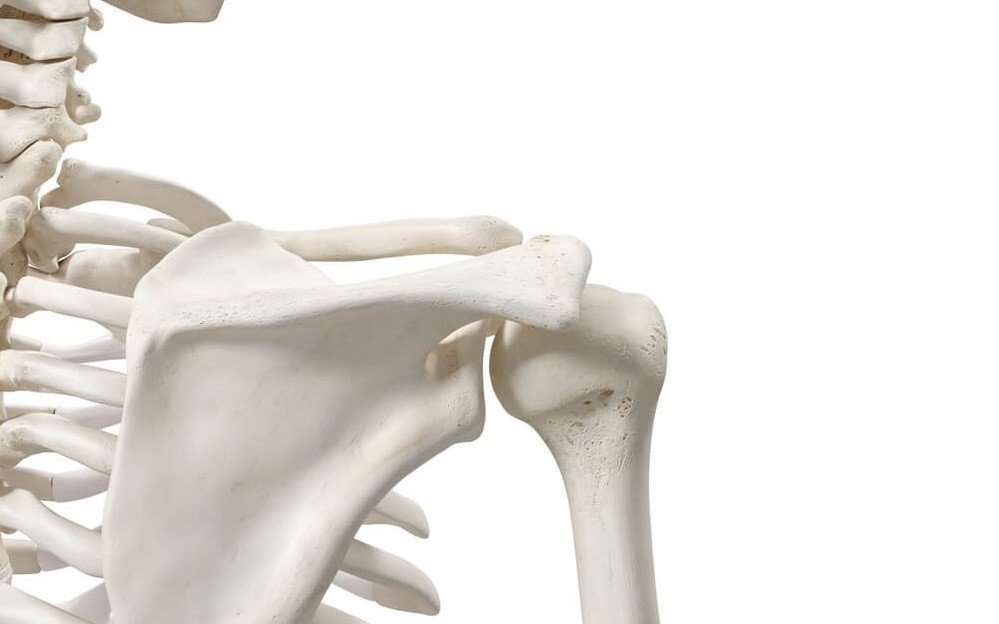7 Exercises To Help You Stay Active Without Stressing Your Joints
Exercises that are Easy on Your Joints
Do you feel stiff when you get out of bed in the morning, or after sitting at a desk or on a couch for hours? Inactive muscles and joints are more likely to feel stiff and achy when your body temperature drops – like during sleep – and after you’ve been still for long periods of time.
According to Dr. Mary Claire Capetta, a physical therapist and assistant professor at the University of Connecticut, whenever you’ve been still for an extended period of time, the cartilage that caps your bones sucks up the synovial fluid that keeps your joints lubricated. This contributes to the stiff feeling.1 Synovial fluid also thickens and becomes more viscous during inactivity, contributing to that creaky feeling. This can make exercise seem even more daunting. This is why it is important to find ways to support your synovial fluid as well as exercises good for joints!
Movement is the best remedy for bringing synovial fluid back into your joints.
It doesn’t matter how old or fit you are, either. You can be an athlete or a 90-year-old with restricted movement. Most people have believed that physical activity can exacerbate joint injuries and unhealthy joints. But studies are finding the opposite: activity is the key to maintaining joint lubrication. 2
What is synovial fluid?
Also known as synovia, synovial fluid is a thick fluid with an egg-white consistency that lubricates and reduces friction between the joints. Decreasing levels can be supported with good nutrition and nutritional supplements.
Physical activity also encourages the circulation and quality of synovial fluid, and strengthens the muscles, ligaments and tendons that surround the joints. When these tissues are stronger, they protect the joints more efficiently.
Exercises To Help You Stay Active Without Stressing Your Joints
1. Do a full body stretch before getting out of bed. Extend your arms and legs. Wiggle your toes and your nose. Yawn, flex your feet, open and close your fingers, and gently roll your head from side to side.
2. March in place for a few minutes to get things moving. Make sure you’re not on a slippery surface. If your balance is off, hold onto a table.
3. Sweep the air. Stand up straight with your feet together. Inhale and sweep your arms up to the ceiling. Exhale and sweep your arms back down to your sides. Repeat up to 10 times. If you have trouble standing, do this sitting in a chair.
4. Move into a cat/cow easy yoga posture. First, get into a table top position on all fours with your hands under your shoulders, and knees under your hips. Inhale and drop your belly, pressing your chest forward while you look up. This is the cow position. Next, get into the cat position. Exhale and tuck your chin toward your chest and round the spine, as you’ve seen a cat do. Move gently inhaling as you come into the cow position and exhaling as you move into the cat position. This exercise releases upper-back and neck tension, while synchronizing your breath and movement.
5. Swim to take pressure off all your joints. The buoyancy of water gives you freedom of movement while providing support. Walking backward in the water is a great way to strengthen muscles around the spine, quads, and shins, and elevate heart rate. If you really want to take all pressure off your joints, submerge your body in the deep end of the pool. This helps improve mobility and range of motion, and especially beneficial to folks who have shoulder or spine stiffness. Wear a buoyancy belt if you need extra support for staying upright. 3

6. Squat for a happier back. Wall squats support your posture, strengthen your quadriceps, hamstrings, outer and inner thighs, and help stabilize your hip and knee joints. Stand up straight against a wall and take a step forward. Try to keep your head against the wall. Line your knees up between your big toe and second toe. If you normally have knee pain, take a wider stance and point your feet outward. Inhale and exhale, and then pull in your abdominal muscles. Bend your knees and slide partway down the wall as you exhale. If you don’t feel pain, flex your knees at a 90 degree angle. If you feel pain, go as far as you can comfortably, before feeling pain. Look straight ahead with your knees slightly bent and chin slightly tucked. Move slowly up to the starting position and repeat up to 10 times. 4
7. Bicycle. Ride a regular bike or stationary bike, it doesn’t matter. What matters is that it’s great for your knees. It helps build up muscle around the knee joint, supports cardiovascular health, and helps support the flow of synovial fluid.
Overall
As with any exercise, pay attention to your comfort level. Don’t push yourself to the point of pain because that will undo everything you are trying to achieve. Go easy and try to maintain a regular routine. Your joints will thank you.
References
1. Kelly DiNardo. Rest Better With Light Exercises. The New York Times, Feb. 24, 2022
2. Shao-Lan Zhang, Hong-Qi Liu, Xiao-Zu Xu, Juan Zhi, Jiao-Jiao Geng, Jin Chen. Effects of exercise therapy on knee joint function and synovial fluid cytokine levels in patents with knee osteoarthritis. Molecular Medicine Reports, Jan. 2013, Volume 7 issue 1.
3. How Exercise Helps Your Joints. Arthritis Today Magazine Aug 26, 22
4. Anne Asher, CPT. How to Do Squats for a Healthier, Happier Low Back. verywell health. Oct. 19, 2022.

















